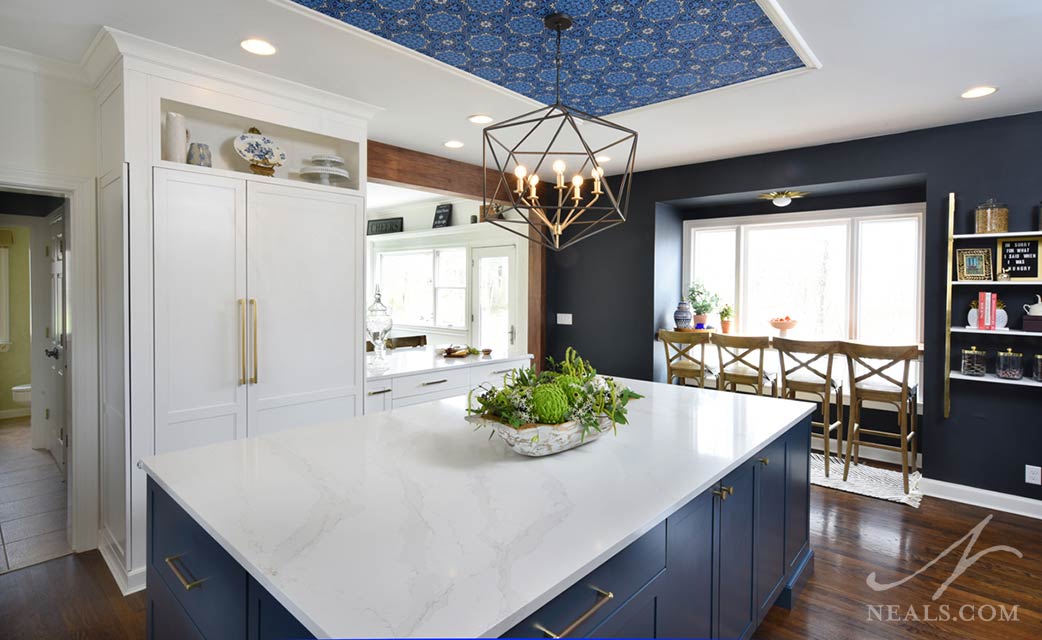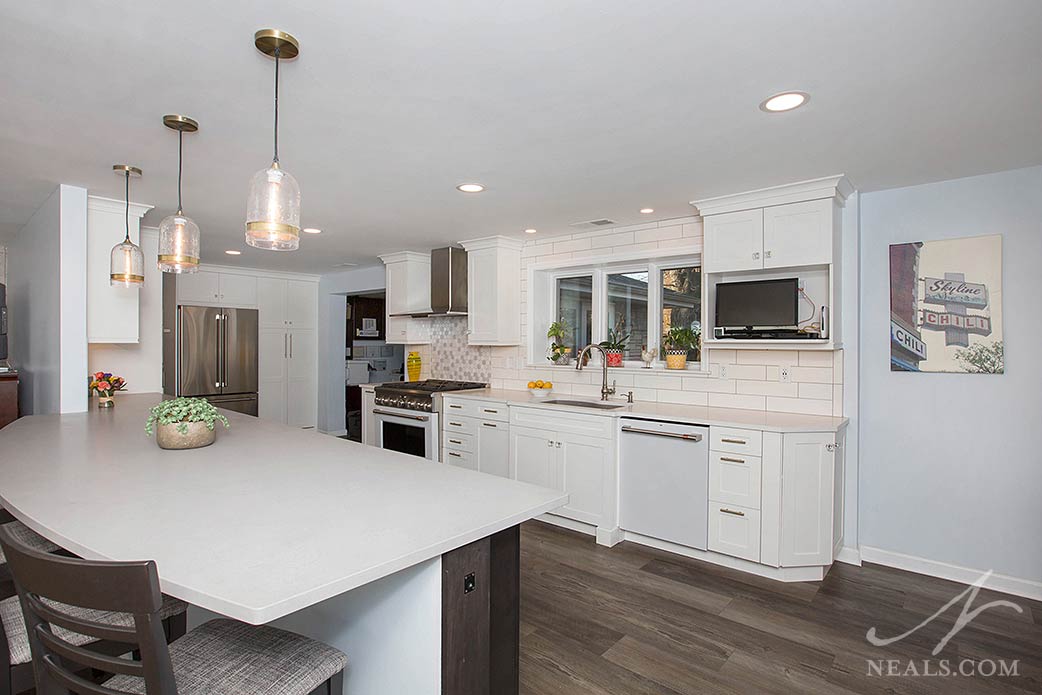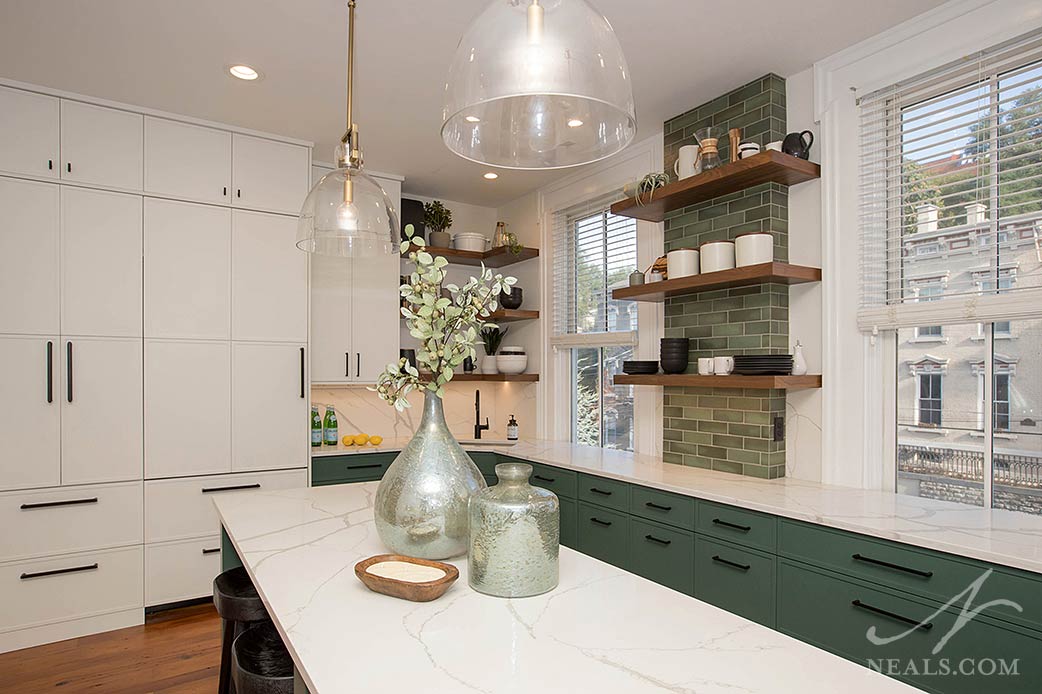When you're in the process of planning a remodeling project for your home, it’s useful to have a few different methods of collecting the ideas you have for easy reference later. These ideas can be shared with your designer to help them get a better sense of what you would like to see in your home. We recommend a combination of online and offline methods.
Neal's Home Remodeling and Design Blog
3 Ways to Collect Remodeling Design Ideas
Posted by Neal's Design Remodel on Tue, May 17, 2022
Topics: Design Trends and Ideas, Home Remodeling
How a Kitchen Design Comes Together
Posted by Neal's Design Remodel on Tue, Mar 1, 2022
A lot of considerations go into the design of a functional and beautiful kitchen. To begin with, every home comes with its own quirks, and every homeowner brings their own unique set of needs and goals. Designing a space that looks and functions the way it needs to for the client involves carefully navigating both creative intuition and tried-and-true processes. Neal’s Designer Christina Temple breaks down for us her method of creating stylish, highly-functional kitchens.
Read MoreTopics: Home Remodeling, Kitchens, Designer Insights
Universal Design Concepts for the Home
Posted by Frank Kuhlmeier on Tue, Jun 29, 2021
Universal Design has become a standard in both home and product design. More manufacturers are giving serious thought to how their products are used in homes and who is using them. They want their products to accommodate a range of users from youngsters to the elderly. Safety is a primary consideration, and product designers are seeking better ways to prevent accidents. Universal Design is about designing spaces, products, and features that can be used by everyone and follows three guiding principles: Safety, Comfort, and Accessibility
Read MoreTopics: Home Remodeling, Aging-in-Place
5 Features of a Functional Kitchen
Posted by Jodi Smith on Tue, Jun 22, 2021
When a kitchen functions correctly, you can feel it. Your workflow, from food prep, cooking, and serving to clean up and use when a meal isn't in the works, is smooth and free of issues. All kitchens start off with the potential to be highly functional, but choices in where things were installed, what cabinets were picked, or what changes have been made over the years can all lead to a space that doesn't quite work as intended for you and the way you need it. When evaluating your kitchen for a remodel, there are 5 key areas where the function of your kitchen resides.
Read MoreTopics: Home Remodeling, Kitchens














